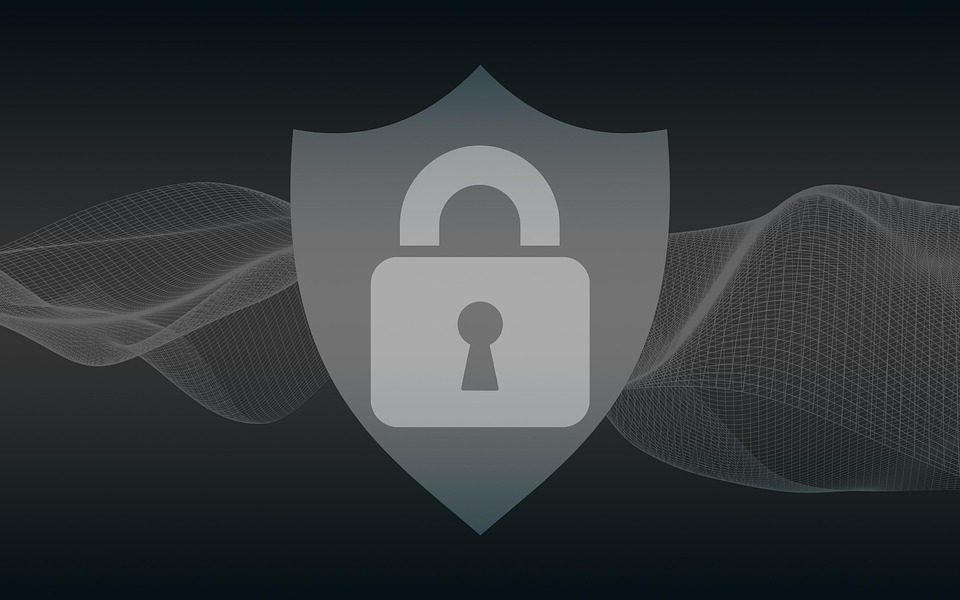
As the world becomes more connected, both through the proliferation of the Internet of Things (IoT) and the increasing reliance on digital technologies.
cybersecurity has emerged as one of the most pressing challenges of the modern era. With 2025 approaching rapidly, the cybersecurity landscape continues to evolve, posing new risks and complications. From data breaches to cyberattacks on critical infrastructure, the stakes are higher than ever. In this article, we will explore the key cybersecurity challenges we face in an increasingly connected world and the strategies needed to combat them.
1. Rise of IoT Devices and the Security Vulnerabilities
The expansion of the Internet of Things (IoT) has made our daily lives more convenient but has also introduced a host of cybersecurity vulnerabilities. Devices such as smart home assistants, wearable tech, and even connected appliances collect vast amounts of personal data and control vital aspects of our homes and businesses. These devices often have weak security measures and can become entry points for cybercriminals to infiltrate personal networks. The sheer volume of IoT devices (expected to reach over 25 billion by 2025) makes it increasingly difficult to secure each one adequately.
2. Ransomware and Sophisticated Cyberattacks
Ransomware attacks continue to be one of the most significant cybersecurity threats in 2025. These attacks involve hackers encrypting a victim’s data and demanding a ransom for its release. As businesses and governments rely more on digital infrastructure, the potential impact of ransomware has grown exponentially. Cybercriminals are becoming more sophisticated in their methods, using artificial intelligence (AI) to launch highly targeted and efficient attacks. Critical sectors like healthcare, finance, and energy are especially vulnerable, as cybercriminals can hold essential data hostage and disrupt services.
3. Data Privacy and Protection
Data privacy concerns have reached new heights as our personal information is increasingly shared and stored online. In 2025, with the rise of big data analytics and AI, there is a greater risk of data breaches, identity theft, and unauthorized surveillance. Organizations are collecting more personal information than ever before, often without sufficient consent or transparency. With regulations like the GDPR (General Data Protection Regulation) and CCPA (California Consumer Privacy Act) in place, ensuring data privacy has become a legal obligation. However, many companies still struggle to implement adequate data protection measures, leaving personal and financial data at risk.
4. Cloud Security
Cloud computing has transformed the way businesses store and access data, offering flexibility and cost savings. However, it also introduces significant cybersecurity risks. In 2025, organizations will continue to rely on the cloud for everything from storing sensitive data to running mission-critical applications. While cloud service providers implement robust security measures, businesses must take responsibility for ensuring the security of their data stored in the cloud. Misconfigurations, weak authentication protocols, and a lack of visibility into cloud environments create opportunities for cyberattacks and data leaks.
5. Artificial Intelligence and Cybersecurity Threats
While artificial intelligence (AI) plays a crucial role in enhancing cybersecurity, it is also being used by cybercriminals to launch more sophisticated attacks. AI-powered tools can be used to exploit vulnerabilities faster than traditional methods. They can identify weaknesses in systems, automate attacks, and adapt to countermeasures in real-time. Additionally, AI can be used to create deepfake videos or phishing schemes that are harder to detect, making social engineering attacks more dangerous. As AI technology continues to evolve, so too will the strategies employed by cybercriminals.
6. Cybersecurity Skills Gap
One of the most significant challenges facing the cybersecurity industry in 2025 is the growing skills gap. As cyber threats become more complex, the demand for skilled cybersecurity professionals is outpacing the supply. The shortage of qualified cybersecurity experts is leaving many organizations vulnerable to attacks. In response, businesses must invest in training programs, develop internal cybersecurity talent, and adopt automated security systems to bridge the gap. Without a skilled workforce, many organizations will struggle to keep up with the growing number of cyber threats.

7. Securing Critical Infrastructure
The security of critical infrastructure, such as power grids, water systems, and transportation networks, is a major concern for governments and businesses alike. A successful cyberattack on these systems could have devastating consequences, potentially affecting millions of people. As we move into 2025, the increasing interconnectivity of critical infrastructure systems has made them more susceptible to cyberattacks. Nation-state actors and cybercriminal organizations are increasingly targeting these systems, making it essential for governments and private companies to strengthen their cybersecurity posture and invest in infrastructure resilience.
**8. 5G Networks and New Security Risks
The rollout of 5G networks promises faster internet speeds and more reliable connections. However, 5G also introduces new cybersecurity risks, as it enables even more devices to connect to the internet. With the expansion of IoT, autonomous vehicles, and smart cities, the potential attack surface for cybercriminals is growing rapidly. Securing 5G networks will require new security protocols and a more robust defense system to prevent vulnerabilities from being exploited.
9. Ethical Hacking and Cybersecurity Innovation
As the cybersecurity landscape continues to evolve, ethical hacking (also known as penetration testing) will play a crucial role in identifying vulnerabilities before they can be exploited by malicious actors. In 2025, the demand for ethical hackers will increase as organizations seek proactive solutions to strengthen their defenses. Additionally, innovations such as blockchain technology, quantum encryption, and machine learning will help transform cybersecurity practices, providing more advanced and efficient methods for detecting and preventing attacks.
Conclusion
As we move into an increasingly connected world, the cybersecurity challenges we face will only grow in scale and complexity. From securing IoT devices to defending against ransomware attacks and protecting critical infrastructure, businesses, governments, and individuals must work together to mitigate risks and enhance security measures. In 2025, cybersecurity will require a multi-faceted approach, involving technological innovation, skilled professionals, and constant vigilance. By staying informed and prepared, we can better navigate the evolving cybersecurity threat landscape.






Hi,
I just visited dunyabizz.com and wondered if you’ve ever considered an impactful video to advertise your business? Our videos can generate impressive results on both your website and across social media.
Our videos cost just $195 (USD)for a 30 second video ($239 for 60 seconds) and include a full script, voice-over and video.
I can show you some previous videos we’ve done if you want me to send some over. Let me know if you’re interested in seeing samples of our previous work.
Regards,
Joanna
Hi,
I thought this may interest you – Get immediate access to 20 premium digital marketing courses with 100% full unrestricted PLR.
This means you can:
Sell them as your own products
Rebrand them with your name/logo
Bundle them with other offerings
Give them away to build your list
Use the content in any way you choose
These in-demand courses cover essential digital marketing topics that your audience needs right now.
Why start from scratch when you can leverage these professionally-created resources immediately?
Find out more: https://furtherinfo.info/20plr
Hi,
I just visited dunyabizz.com and wondered if you’ve ever considered an impactful video to advertise your business? Our videos can generate impressive results on both your website and across social media.
Our videos cost just $195 (USD) for a 30 second video ($239 for 60 seconds) and include a full script, voice-over and video.
I can show you some previous videos we’ve done if you want me to send some over. Let me know if you’re interested in seeing samples of our previous work.
Regards,
Joanna
Hi,
I just visited dunyabizz.com and wondered if you’d ever thought about having an engaging video to explain what you do?
Our prices start from just $195 (USD).
Let me know if you’re interested in seeing samples of our previous work.
Regards,
Joanna
Hi,
I just visited dunyabizz.com and wondered if you’d ever thought about having an engaging video to explain what you do, or to be used on social media as a promotional tool?
Our prices start from just $195.
Let me know if you’re interested in seeing samples of our previous work.
Regards,
Joanna
Hi,
I just visited dunyabizz.com and wondered if you’ve ever considered an impactful video to advertise your business? Our videos can generate impressive results on both your website and across social media.
Our videos cost just $195 (USD) for a 30 second video ($239 for 60 seconds) and include a full script, voice-over and video.
I can show you some previous videos we’ve done if you want me to send some over. Let me know if you’re interested in seeing samples of our previous work.
Regards,
Joanna
Unsubscribe: https://unsubscribe.video/unsubscribe.php?d=dunyabizz.com
Hi,
I just visited dunyabizz.com and wondered if you’ve ever considered an impactful video to advertise your business? Our videos can generate impressive results on both your website and across social media.
Our prices start from just $195 (USD).
Let me know if you’re interested in seeing samples of our previous work.
Regards,
Joanna
Unsubscribe: https://unsubscribe.video/unsubscribe.php?d=dunyabizz.com